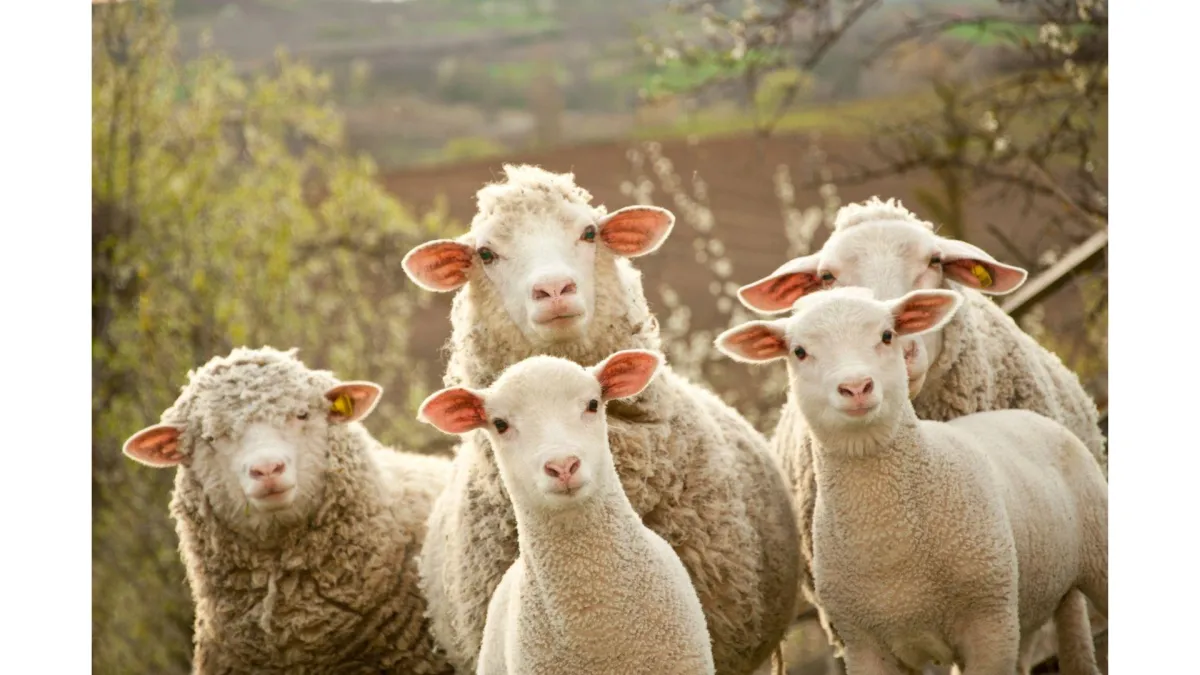
Farm animal zoonoses (diseases we can catch from farm animals)
(Part 1 of a four-part series on zoonoses)
Farm animals can carry diseases that also affect humans. These are called zoonoses, and several are more common in spring. The highest risks come from those linked to abortion in ewes and cows, and diarrhoea in newborn animals.
Even apparently healthy animals can shed harmful microbes. Aborted material and runny poo often contain infectious organisms that can enter the human body through contaminated hands, clothing, boots, or equipment.
Stay safe with simple precautions
There is no need for alarm. Most zoonotic diseases are easy to avoid with a few basic hygiene practices.
Wash your hands thoroughly after working with livestock, especially before eating, smoking, or biting your nails
Keep your hands away from your face while working with young or sick animals
Remember that contaminated clothing or tools can also carry infection
Dispose of aborted material or scours-contaminated waste where it cannot be accessed by people, pets, or other animals
Common springtime zoonoses
Diseases that cause abortion in livestock, such as salmonellosis and campylobacteriosis, can also cause severe diarrhoea in humans.
Scouring in young or hand-reared animals is often caused by:
Campylobacter
Cryptosporidium
Colibacilli (E. coli)
These organisms can lead to diarrhoea in people, especially children and those with lower immunity.
When to call the vet
If a ewe, cow, or goat aborts and seems unwell, seek veterinary advice
If young hand-reared animals are scouring, contact your vet as this could indicate a zoonotic disease
Keep your family safe
Zoonoses are a normal part of working with livestock, but they are preventable. With basic precautions and good hygiene, you can manage the risks and enjoy a healthy and productive spring.
Other zoonotic diseases such as ringworm and leptospirosis will be covered in part three of this series.
You can also read:
Zoonoses of Farm Animals: covering infections linked to abortion and scouring
Zoonoses from Dogs and Cats: the next article in this series
Zoonoses of Other Species: less common, but still worth knowing about

